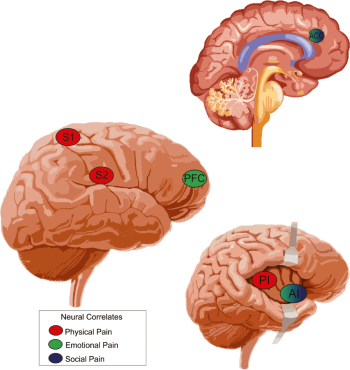Have you ever noticed how certain emotions seem inaccessible to you, no matter how much you try to feel them? Perhaps joy feels elusive, or maybe expressing healthy anger feels impossible. What if I told you that your habitual posture, the way you physically hold yourself in the world, might be the invisible barrier between you and your full emotional landscape?
As we move through spring into May, a season of natural expansion and growth, I invite you to explore how your body might be holding your emotions captive, and how simple somatic awareness can begin to free them.
The Body Remembers What the Mind Forgets
When we talk about emotions, we often think of them as purely mental experiences. Yet the truth is far more embodied: emotions arise first as sensations in our organs, moving through our bodies before they ever become conscious thoughts.
This understanding isn’t new. In the 1930s, researcher Nina Bull from Columbia University made a fascinating discovery: when a person felt angry, they embodied a particular posture. Even more revealing, when these same people attempted to feel joy while maintaining their “anger posture,” they simply couldn’t access it. Her research confirmed what somatic practitioners have long observed, we can only express the emotions that correlate with the postures our bodies habitually adopt.

When Protection Becomes Pain
Research increasingly shows that the brain receptors for physical and emotional pain are identical. This isn’t coincidental, it’s revelatory. The pain we experience often emerges from long-term bracing against uncomfortable emotions or sensations.
Consider this: If you were hurt as a child and ran to your parents seeking comfort, only to be told to “be stronger” or “stop crying,” you likely learned to tighten your breathing and contract your muscles to suppress your feelings. This rigidity, maintained over years, eventually manifests as physical pain that can be difficult to separate from its emotional origins.

Breaking the Pattern with Somatics
The good news is that our bodies hold not just the patterns but also the pathways to release. Through conscious awareness and gentle somatic practice, we can begin to deconstruct these limiting postures and access our full emotional range
Exercise: Conscious Posture Exploration
Stand up if you’re able, or sit comfortably if standing isn’t accessible. Notice:
- Which parts of your body continue to brace?
- Where do you feel ongoing tension or holding?
- Recognize that there was likely once a good reason for this pattern, perhaps protection or self-defense
- Bring conscious awareness to the holding pattern and see if you can begin to soften or release it
- Ask yourself: “In this moment, do I need this protection?”

Integration: The Path Forward
Finding our way back into our bodies to feel and integrate these emotions is essential for authentic expression and wellbeing. Remember that these patterns once served as protection. Approach them with curiosity and compassion rather than judgment. Each contracted posture, each area of pain, holds not just discomfort but also wisdom and information about your deepest needs.
As we move through spring, a season of natural expansion and growth, I invite you to notice where your body might be holding outdated protective patterns. What emotions might be waiting to be felt and expressed? What new possibilities might emerge as you release these old postures?
For those interested in exploring these patterns more deeply, I’m offering a special focus on emotional embodiment in our May Monthly Integration session. We’ll practice gentle somatic movements that support emotional expression and integration in a safe, supportive environment.
And for those feeling called to deeper immersion in this work, spaces are still available for our July Root to Rise retreat near Wakefield, where we’ll explore these patterns in the healing container of nature and community.
Your body holds not just your pain, but also your pathway to freedom. The journey begins with simply noticing how you’ve learned to hold yourself in the world, and what might be possible if you begin to let go.
For further practice, please click on this video!




